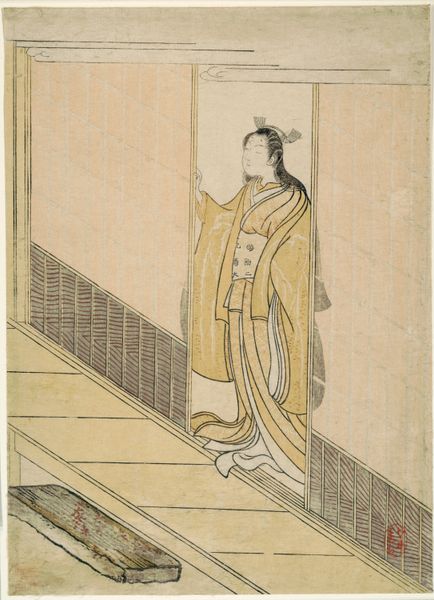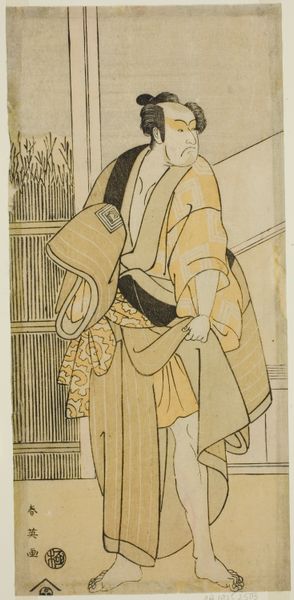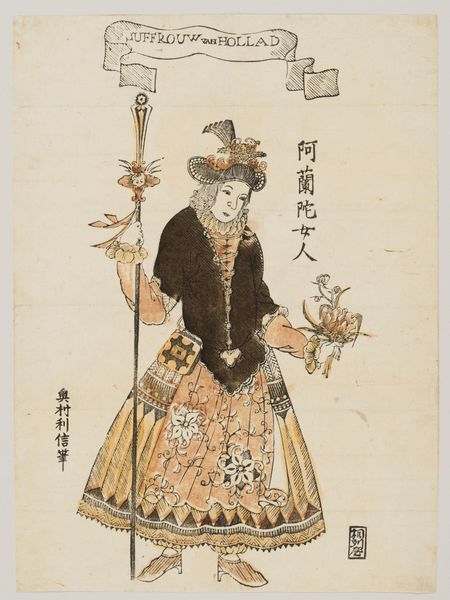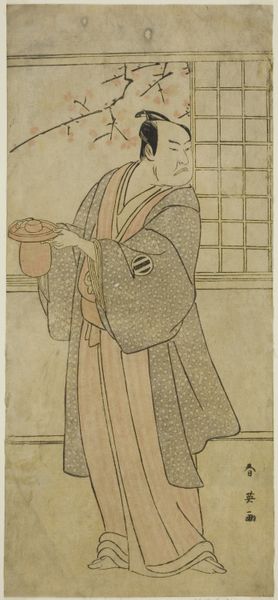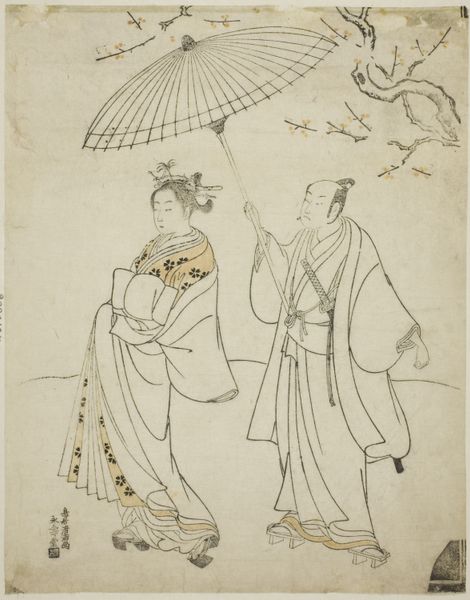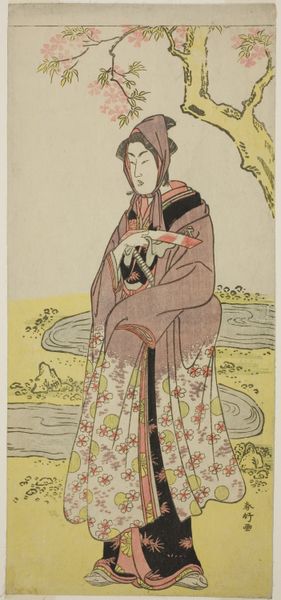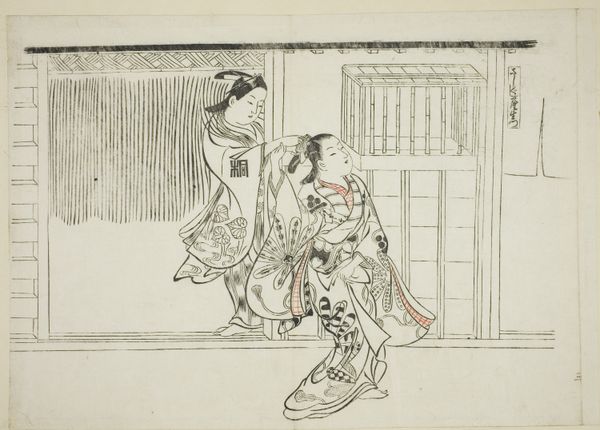![Scholar Viewing a Painting [center of a triptych of Scholar with Heron and Myna] by Kusumi Morikage](/_next/image?url=https%3A%2F%2Fd2w8kbdekdi1gv.cloudfront.net%2FeyJidWNrZXQiOiAiYXJ0ZXJhLWltYWdlcy1idWNrZXQiLCAia2V5IjogImFydHdvcmtzLzljNDJlOWU2LWM5MzUtNGE4YS04MGNmLWQzMjRiYTFiNTA1ZC85YzQyZTllNi1jOTM1LTRhOGEtODBjZi1kMzI0YmExYjUwNWRfZnVsbC5qcGciLCAiZWRpdHMiOiB7InJlc2l6ZSI6IHsid2lkdGgiOiAxOTIwLCAiaGVpZ2h0IjogMTkyMCwgImZpdCI6ICJpbnNpZGUifX19&w=3840&q=75)
Scholar Viewing a Painting [center of a triptych of Scholar with Heron and Myna] c. mid 17th century
0:00
0:00
drawing, ink, color-on-paper
#
portrait
#
drawing
#
toned paper
#
light pencil work
#
ink drawing
#
pen sketch
#
pencil sketch
#
asian-art
#
japan
#
figuration
#
personal sketchbook
#
ink
#
color-on-paper
#
ink drawing experimentation
#
pen-ink sketch
#
sketchbook drawing
#
sketchbook art
Dimensions: 66 x 11 1/2 in. (167.64 x 29.21 cm) (mounting)36 x 11 1/2 in. (91.44 x 29.21 cm) (image)
Copyright: Public Domain
Kusumi Morikage made this painting, "Scholar Viewing a Painting," during the Edo period in Japan using ink and color on paper. The subdued palette and spare composition immediately convey a sense of quiet contemplation. Morikage employs subtle gradations of ink to define form. Note the scholar's robes and the soft rendering of his features, juxtaposed against the stark white background which suggests a void. This technique not only directs our gaze, but also prompts a deeper reflection on the nature of perception and reality. The painting prompts an exploration of the interplay between representation and reality. The scholar is viewing an image of bamboo, but it’s the act of viewing itself, the layered experience, that really becomes the subject. This reflexive approach challenges conventional artistic boundaries and engages viewers in a dialogue about art's purpose.
Comments
minneapolisinstituteofart over 1 year ago
⋮
Japanese hanging scrolls often come in groups of three: a central figure painting flanked by birds, landscapes, or complementary figures. Kusumi Morikage made this triptych’s central figure a Chinese scholar whose servant boy holds a pole to display a hanging scroll painting of bamboo. Though unidentified, the scholar is likely Su Dongpo (1037–1101), a famous Chinese statesman, poet, and painter. Bird-and-flower paintings in an abbreviated, quasi-Chinese style complement this portrait of an ancient Chinese literary hero.
Join the conversation
Join millions of artists and users on Artera today and experience the ultimate creative platform.

